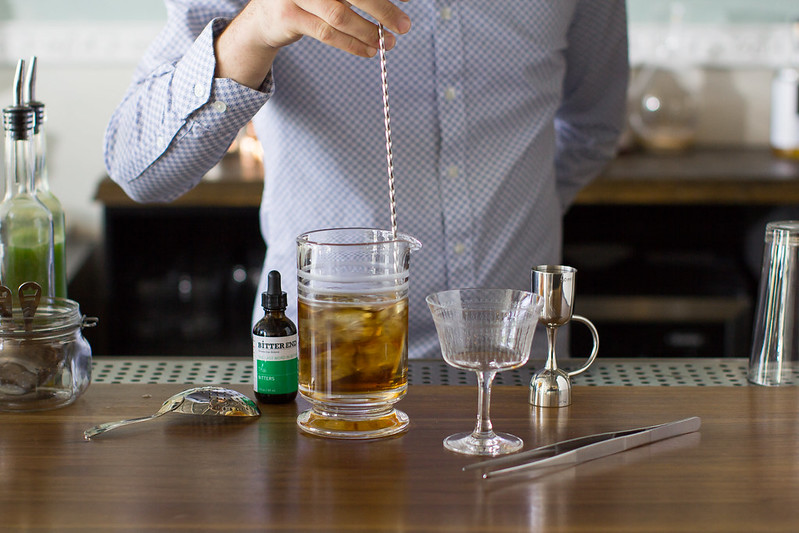
When it comes to essential tools for bartenders of any skill level, the cocktail shaker is a must-have piece to have behind the bar. Not only is it a vital tool for crafting cocktails, but giving it a vigorous shake over your shoulder just looks cool and can be a great tension reliever.
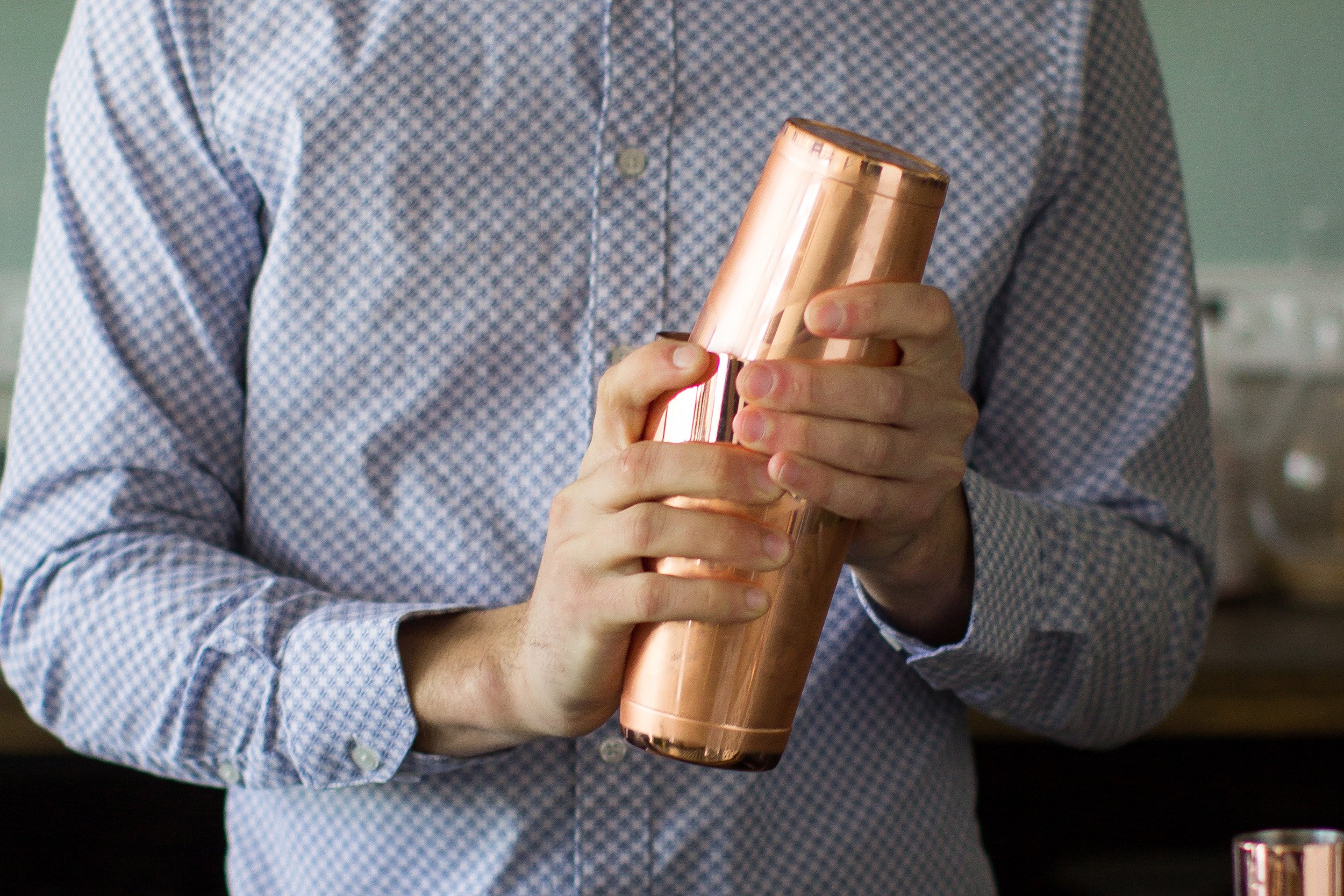
Let’s take a look at what makes the cocktail shaker such an integral part of mixology, and the different types of shakers that are available on the market today.
What is a cocktail shaker?
A cocktail shaker is a bar tool designed to assist in the preparation of cocktails and mixed drinks. It acts as a closed vessel that allows you to quickly and thoroughly mix ingredients together while chilling the drink at the same time. Shaking your cocktail lowers the temperature of your drink faster than stirring would because your ingredients are repeatedly exposed to the surface area of the ice at a rapid rate.
In addition to mixing and chilling, a cocktail shaker is necessary to properly dilute your drink. The ice inside the shaker melts as it mixes with your ingredients, which adds just a little bit of water. This is an important step in crafting your cocktail because it helps mellow the stronger flavors and alcohol content for a smoother tasting drink. Stick to using ice cubes or large ice chunks when shaking your drink. Bigger pieces of ice are better for the dilution process since they melt slower than crushed ice or ice pellets which will melt too fast and over-dilute your drink.
History of cocktail shakers

Evidence of people using a container to mix drinks dates as far back as 7000 BCE where fragments of gourds with traces of alcohol in them were found in South America. Fast forward to 1520, during the age of exploration, where Hernando Cortes wrote to the King of Spain about a frothy drink made from cacao being served to Montezuma in a golden cylinder.
The cocktail shaker as we know it today can trace its origins back to the mid-19th century when early mixologists prepared drinks by tossing them between two glasses. Vintage barware author and collector Stephen Visakay believes an innkeeper came up with the idea of fitting two glasses of different sizes together to prevent leaks and spills while shaking along with creating “a bit of a show” for his patrons. The practice became common for bartenders by the late 1800s, and the earliest patents for cocktail shakers happened during this time.
The popularity of cocktail shakers continued to increase during the early 20th century, including the use of novelty cocktail shakers designed to look like zeppelins, penguins, airplanes, and other objects. Part of the reason for this was to disguise them during Prohibition in America. The cocktail shaker became a symbol of style and sophistication during the 1920s and 1930s as they were featured in movies and used by the wealthy and influential.
The dawn of World War II curtailed the popularity of the cocktail shaker as the metal needed to manufacture them was required for the war effort. Some turned to glass or Bakelite (the first plastic made from synthetic components) as a replacement material for shakers during this time. They returned to prominence in the post-war years as the growth of the suburbs in the 1950s led to the popularity of home bars and rec rooms as the place where Americans made cocktails at home.
Types of cocktail shakers
For those looking to add a cocktail shaker to your arsenal of bar tools, there are three styles that are most commonly used.

Cobbler Shaker
The cobbler shaker or 3-piece cocktail shaker is the perfect choice for beginners because it’s easy to use and it comes with everything you need, including a strainer, in one neat package. A cobbler shaker includes a shaker tin, lid with built-in strainer, and a cap to keep things closed up when you shake. This style of shaker is perfect if you’re making one or two cocktails at a time.
Cobbler shakers have a couple of drawbacks to consider. They are more prone to leak if not properly tightened and the lid and cup can freeze together during shaking, making them more difficult to open.
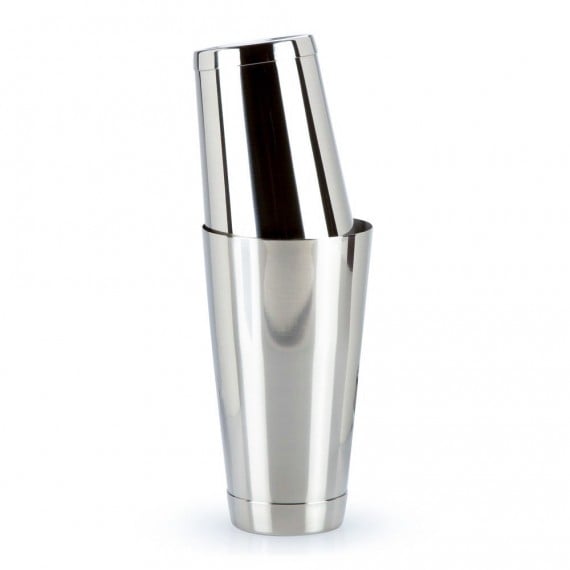
Boston Shaker
The Boston shaker is the style of choice for professional bartenders. A Boston shaker is a classic, comprised of a large shaker tin and either a small shaker tin or a pint glass that fits inside. No matter which option you choose, you will still need to pick up a cocktail strainer to help filter ice chips and other particles when pouring your drinks.
Since the shaker tin can hold more liquid than a cobbler shaker, you can use it to make a batch of cocktails when needed. Securing and separating the parts of a Boston shaker may be challenging at first, but it will become easier with practice. More skilled bartenders can “crack” this style of shaker open to pour out its contents for an even better presentation.
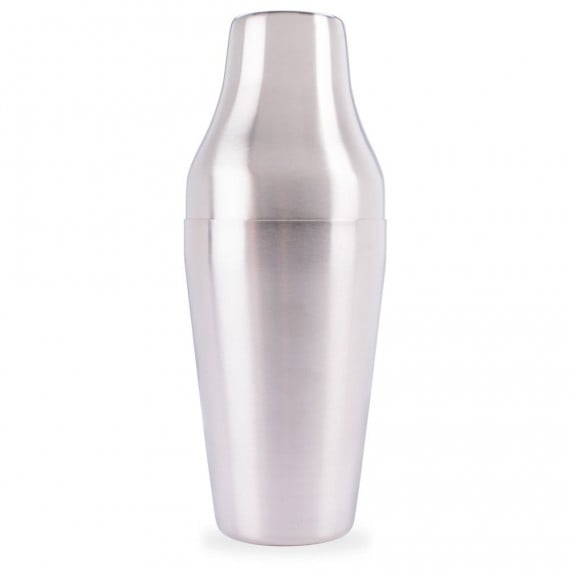
French Shaker
The French Shaker fits somewhere between the cobbler and Boston shaker. It has a lid and shaker tin just like a cobbler shaker, but without the built-in strainer. The pieces of a French shaker fit together more securely like a Boston shaker, so you’re less likely to have an issue with leaks.
While French shakers have a very appealing appearance, which stands out behind any bar, you may have fewer options compared to shopping for a Boston or cobbler shaker.
How to use a cocktail shaker
Step 1: Fill the shaker with your ingredients and ice.
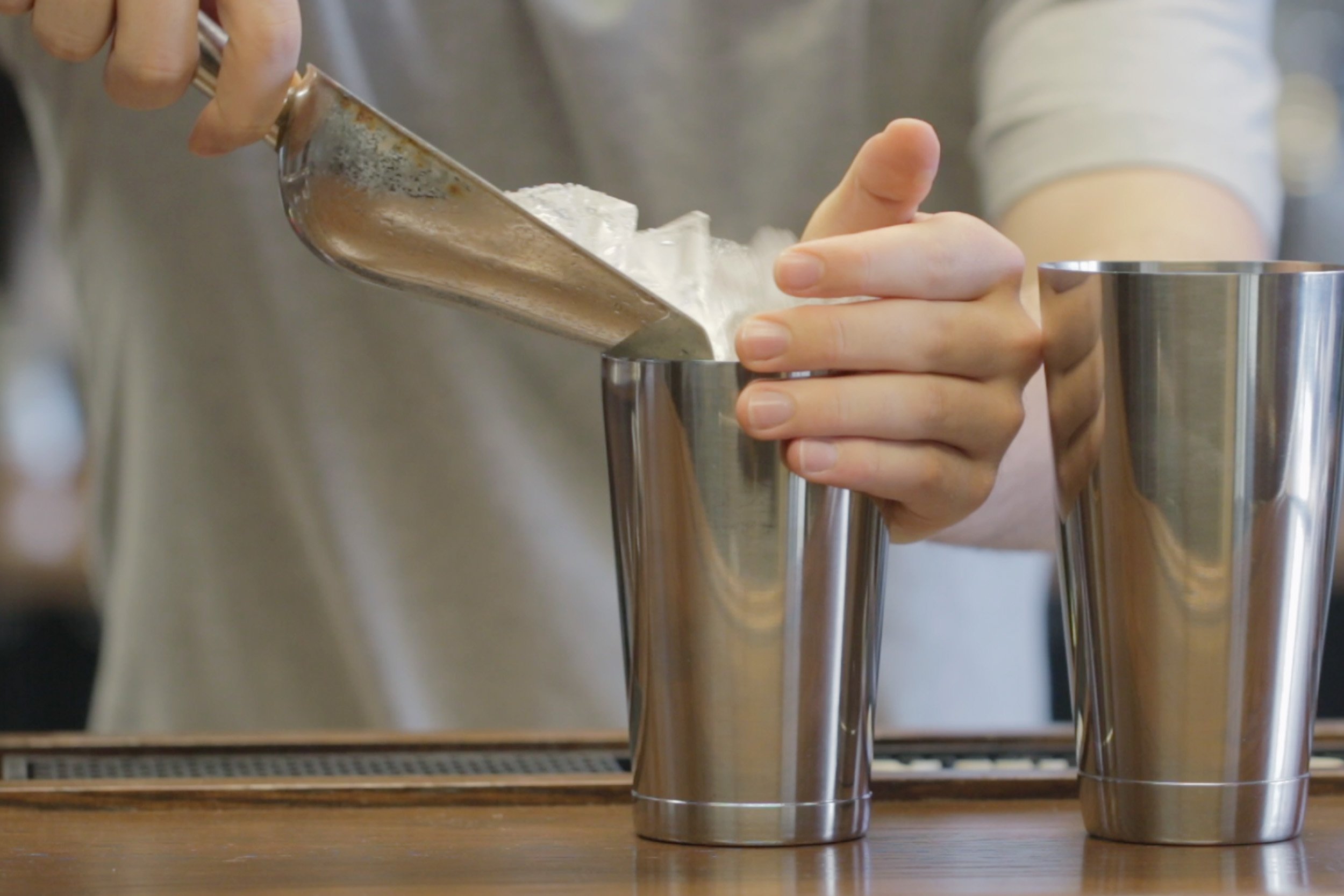
Start by adding the ingredients into the shaker tin (use the smaller cup or pint glass if you’re using a Boston shaker) and then fill it ⅔ of the way with ice or you can add the ice to your shaker first if you prefer. A cocktail jigger makes it easy to measure and pour any liquid ingredients.
Step 2: Seal the shaker
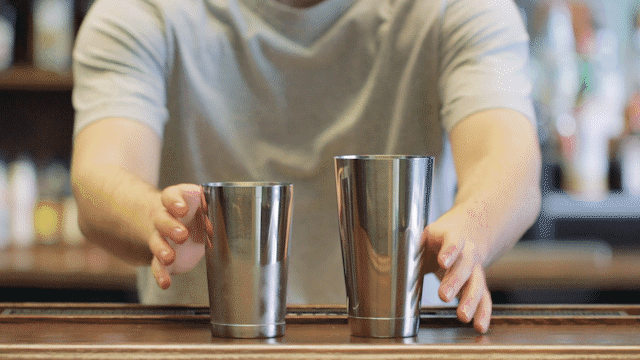
If you’re using a cobbler shaker, then you can simply place the cap and give it a tap to secure it. For Boston shakers, place the large shaker tin on top of your smaller tin or pint glass and secure it by giving it a firm tap with the palm of your hand.
Step 3: Shake your drink

You’ll want to get a good grip on your shaker so you don’t shake your drink all over yourself or your friends. Less experienced mixologists will want to use two hands with one hand holding each end of the shaker.
Shake vigorously over your shoulder to properly mix your drink. You don’t achieve as good a mix by shaking vertically as you do shaking horizontally. You’ll want to shake for about 10-15 seconds or until you feel condensation forming on the outside of the shaker.
Step 4: Open shaker
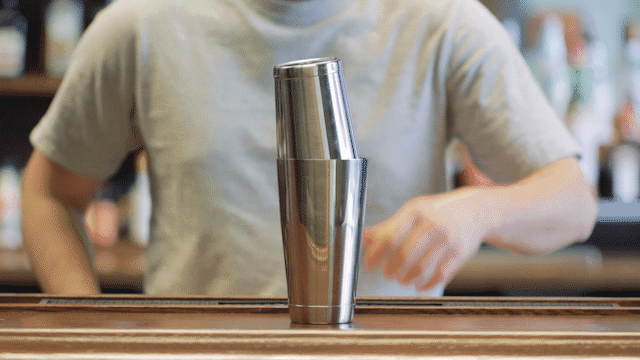
This step may require a little force or muscle. For cobbler shakers remove the cap of your shaker. Boston and French shakers may require a good smack on the side to relieve any pressure before you can separate the two pieces.
Step 5: Strain drink into glass

Cobbler shaker users can just pour away as the built-in strainer will filter your drink on its own. Everyone else will need to grab a Hawthorne strainer or fine mesh strainer before pouring out the finished product.
How to dry shake a cocktail
When you shake a cocktail without ice it is called a dry shake. This is a required step for any cocktail that uses egg whites (ex. Ramos Gin Fizz) to make sure it’s thoroughly mixed with the drink’s other ingredients and create the proper amount of frothiness.
To perform a dry shake just repeat the same steps above without ice. Once you’ve completed your dry shake just add ice to your cocktail and shake again.
Types of cocktails that require shaking

Deciding which types of cocktails you should shake depends on its ingredients. Any drink that uses non-carbonated mixers, such as, fruit juice, liqueurs, simple syrup or egg whites should be shaken to properly mix its contents. Carbonated beverages, including tonic water, ginger ale, champagne and beer, should be added directly to your glass after shaking, other wise you will create a fizzy mess if you try to shake them.
Spirit-only cocktails should be stirred and not shaken to preserve the characteristics of their spirits. Some say that shaking a drink when it should be stirred “bruises” the spirit by adding ice chips and oxygen bubbles to the drink, taking away its smoothness and giving it a cloudy appearance. This is especially true for cocktails that use gin or whiskey.
This leads to a great point of controversy among some cocktail purists when it comes to the classic James Bond reference about enjoying a Martini “shaken, not stirred”. They believe that shaking a Martini can dilute the drink too much and ruin the drink’s texture. In the end, however, it comes down to personal preference on whether you’re in the camp with the purists or Agent 007.
Having a quality cocktail shaker will help you craft amazing cocktails whether you’re a professional bartender or making drinks behind your home bar. Experiment with the different types of shakers to find the one that feels right for you or practice shaking drinks with a container you have at home before buying the real thing. While you try out shaking your cocktails be sure to read our guide about 5 Basic Skills for Making Cocktails at Home and our guide to Home Bar Essentials to make sure your bar is properly stocked.

Dave Buchanan
Dave Buchanan has been the Content Writer for Kegworks since June 2019. He has a fondness for craft beer that developed while working for a local beer distributor. Dave also worked for an area sports talk radio station for several years, and continues his broadcasting work as a motorsports announcer and indoor lacrosse reporter.


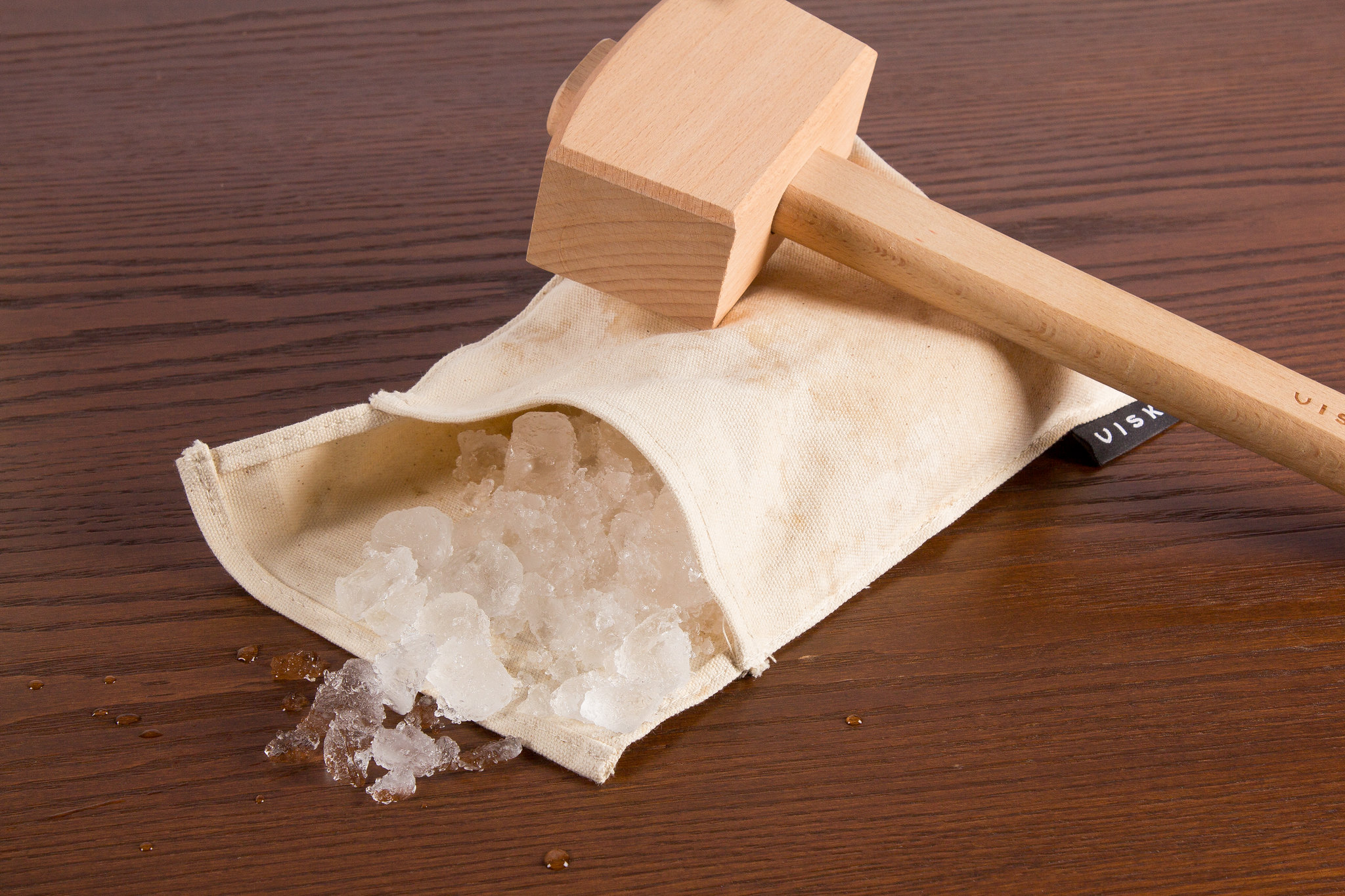
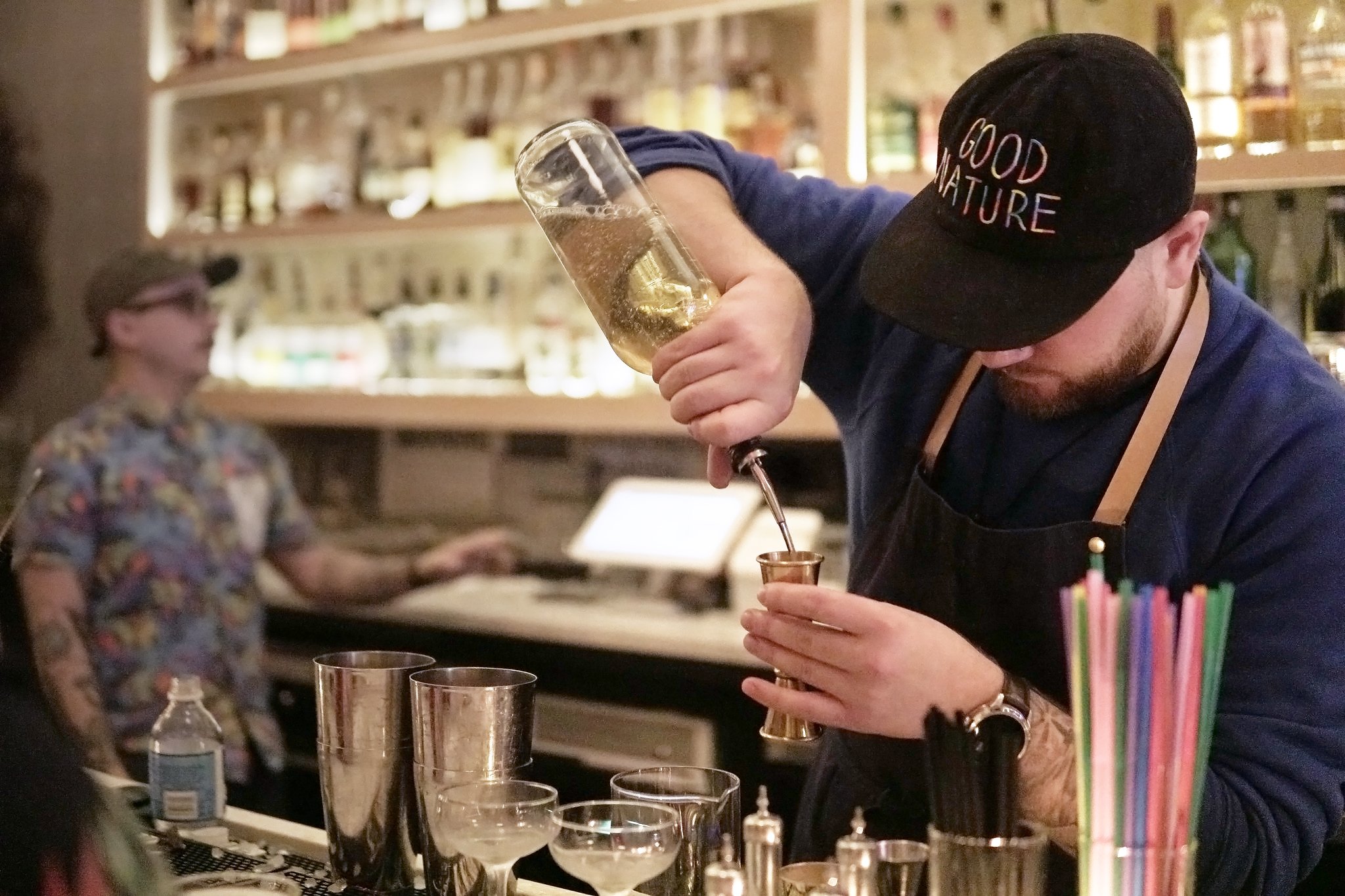
Leave a Comment